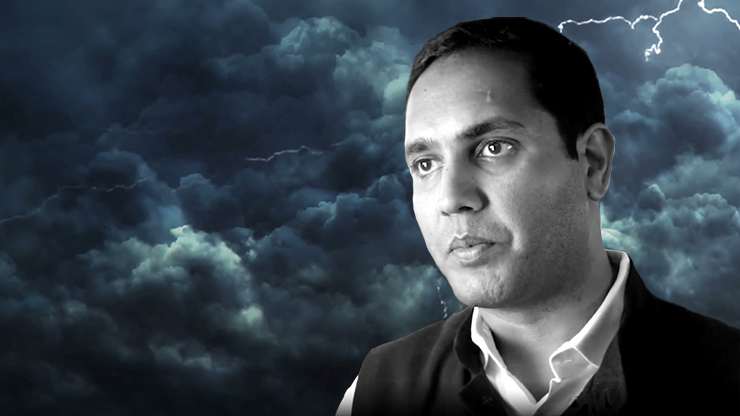Visahl Garg, the CEO of the internet mortgage lending firm Better.com, made headlines by taking Zoom convenience to a whole new level. A level many people found inappropriate and crass. Garg has issued an apology, but many don't think it's enough to make good on his actions.
The CEO scheduled a Zoom call with 900 employees. During the three minute Zoom call, Garg made a speech indicating that anyone who had been invited to the call was no longer employed as of that time. While the employees were given a few weeks of severance pay and a few months of benefits, it was still a shock.

The media and the internet made quick work of bringing Garg's actions to light. Users on LinkedIn and other social media platforms denounced the action, calling it crass. People also pointed to the poor timing of letting around 9% of the company's workforce go just before the holidays.
Several high-ranking communications executives and employees at Better.com who were not part of the Zoom mass firing tendered resignations in the wake of the event. It's assumed they were bothered by how the issue was handled, but the discontent may have been a long time coming. Garg has been in the news before for employee culture scandals. In a previously leaked email, the CEO called his employees "dumb dolphins" and berated them in a message full of all-caps "screaming."

Before the Zoom incident, Better.com released information about planned mergers and investments from outside sources. It's received an infusion of cash for growth in the future, but will Garg's antics threaten those partnerships?
That remains to be seen, though the mass firing is certainly a big hit to brand rep.
Garg did extend an apology—directed at remaining employees and not necessarily the fired workers—stating that he wished he had handled the matter better. Possibly this blunder is an example of management getting a bit too comfortable with the convenience of video calls and the sometimes hands-off nature of leading remote workforces. But it's a good lesson for Garg and other executives that remote communication tools must be handled with the same care traditional communication is.


